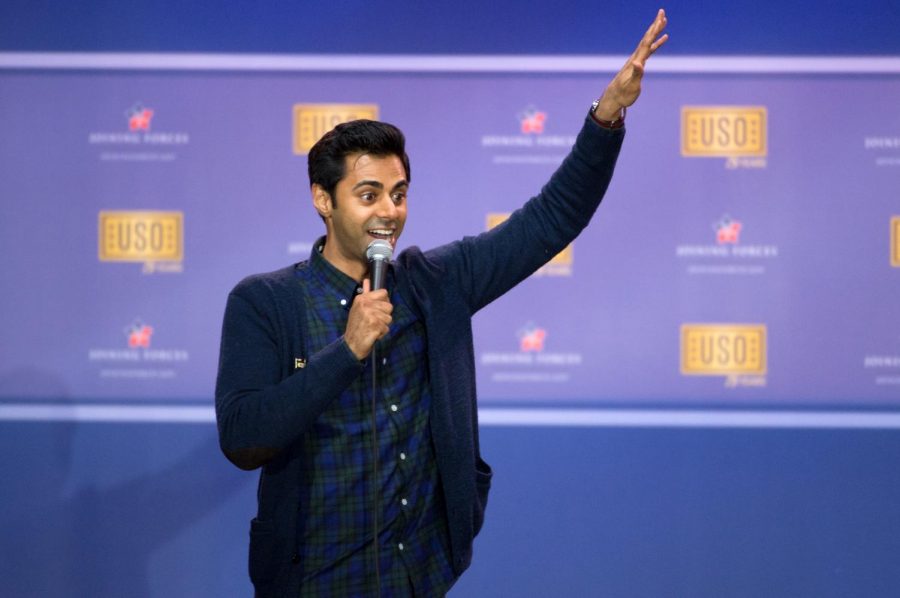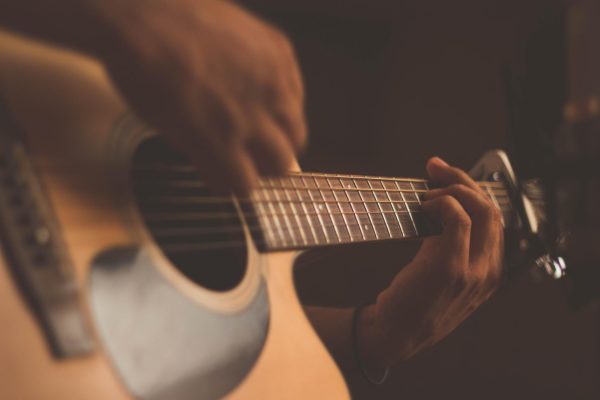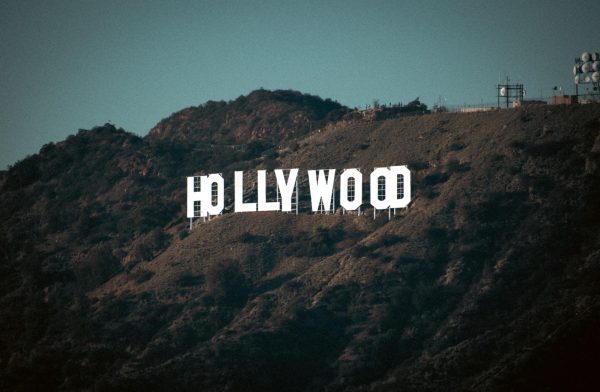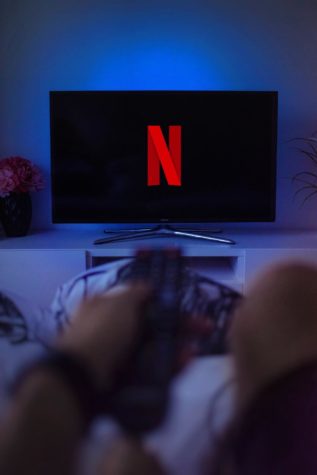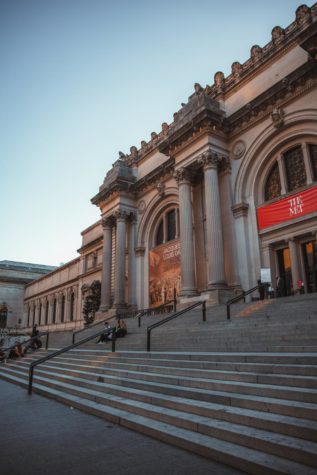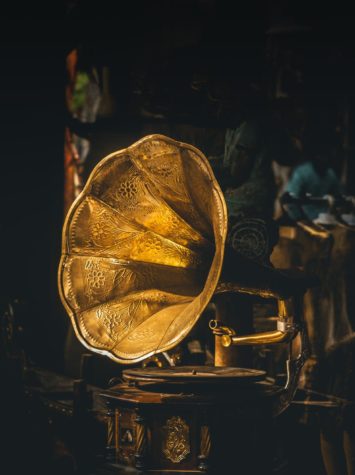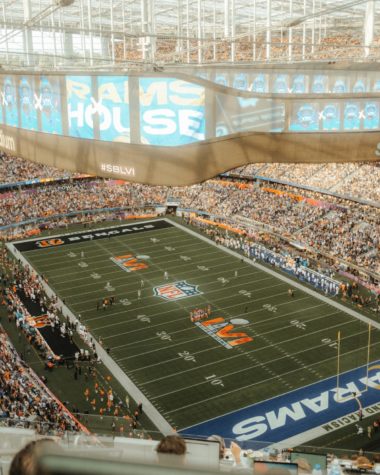South Asian Representation in Comedy
November 21, 2018
Throughout the last decade, comedy has evolved, and so has our way of life. We are now seeing more and more advances in technology, as well as the prominence of South Asian American comedians on streaming services such as Hulu and Netflix.
One of the pioneering comedians that have represented the South-Asian community is Aziz Ansari, most respectively known for playing Tom Haverford on Parks and Recreation, a character who is most well known for seeking business ideas and being one of the more goofy characters on the show.
Hasan Minhaj, more up and coming comedian, a former correspondent on the Daily Show with Trevor Noah, was known for making jokes on the country’s changing tendencies towards the Middle East. He was also highlighted on his own Netflix stand up series, called Homecoming King, where he talks about his family and life in high school growing up in a predominantly white community, as a South-Asian.
To give you a taste of the kinds of jokes that he is most famous for, here is one example from Homecoming King: “Growing up, my dad’s rules for me were very simple. No fun. No friends. No girlfriends. You can have fun in med school. Which is a huge lie. It never gets poppin’ in med school.”
Most recently, Hasan Minhaj has been signed by Netflix to a new political satire show called Patriot Act, where Minhaj discusses different issues in the world, including United States relationships with foreign countries and conflicts that face our country. He is diversifying the common ‘Late Night Show’ by standing up, instead of sitting behind a desk. Hasan Minhaj is known for innovative methods in comedy.
South-Asian and Middle Eastern culture in the past few years has been put under a negative stigma due to new regulations such as Trump’s travel ban. However, South-Asian comedians have really been able to uplift the negative stigma, in at least a moderate way. For this reason, it’s been a way for South-Asians to feel comfortable and still be able to identify as the culture that they’ve grown up with and hold dearest to their heart.


